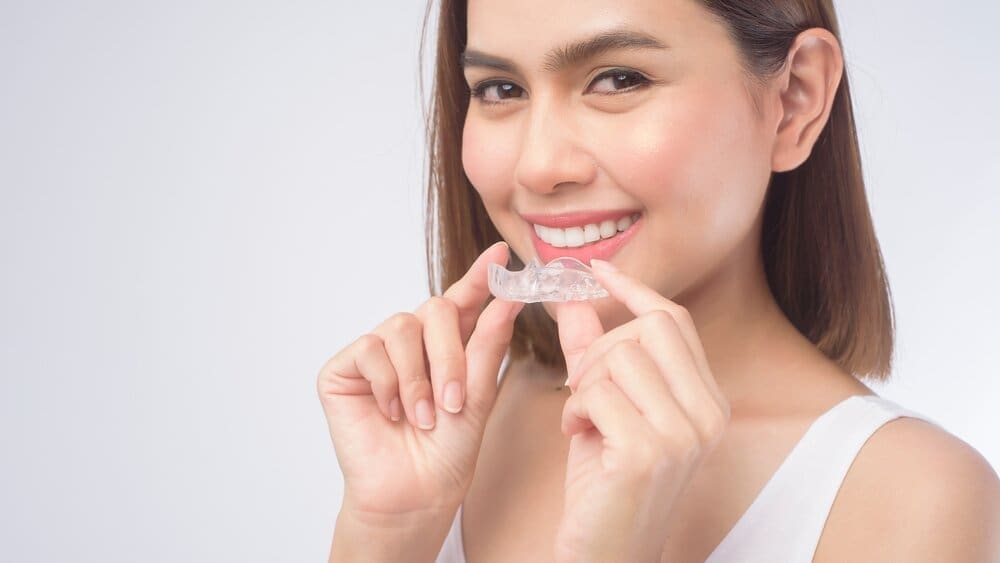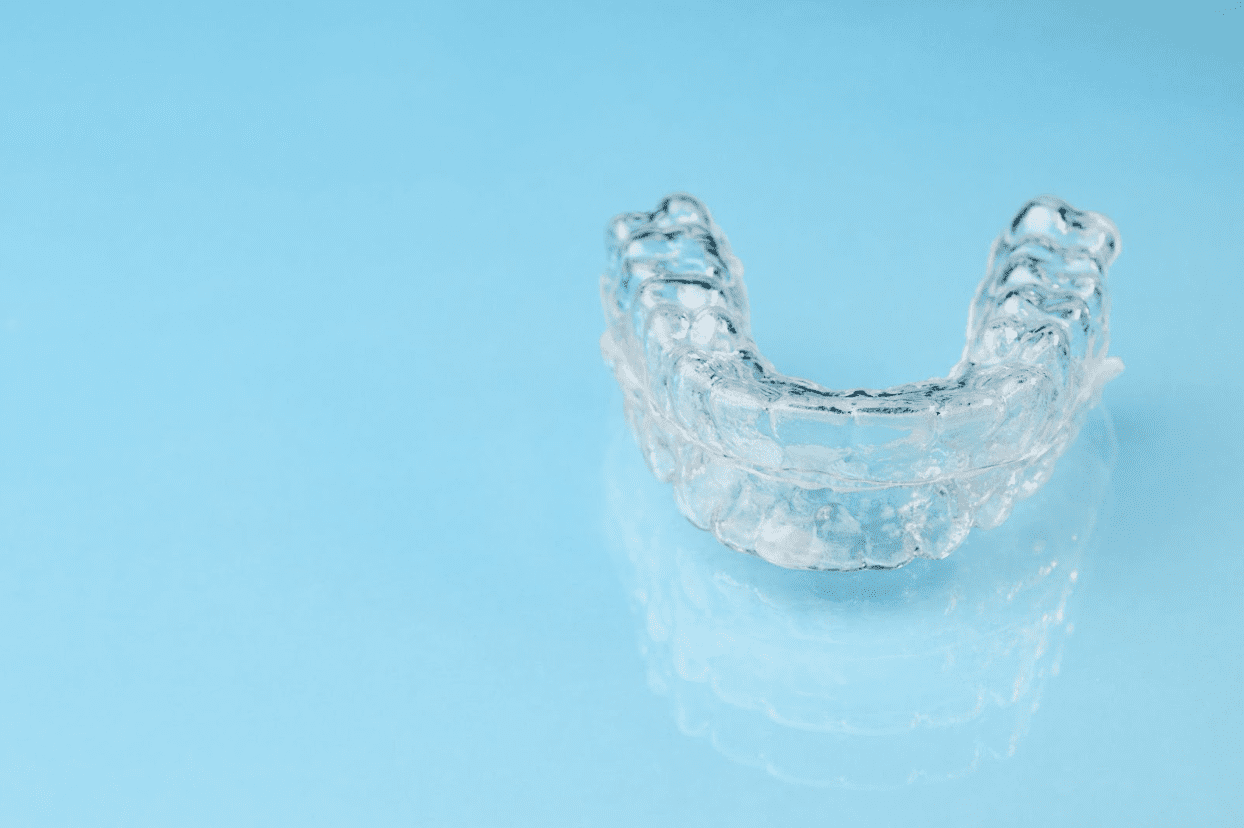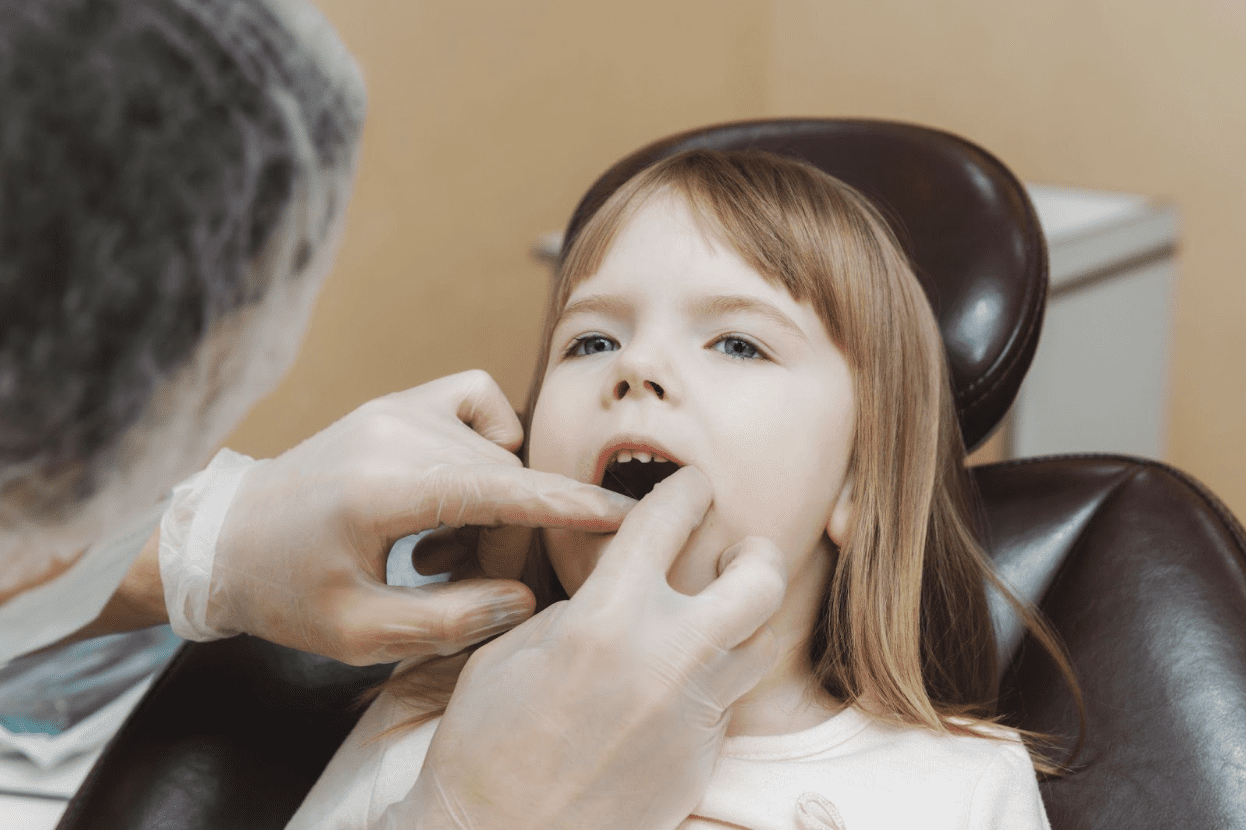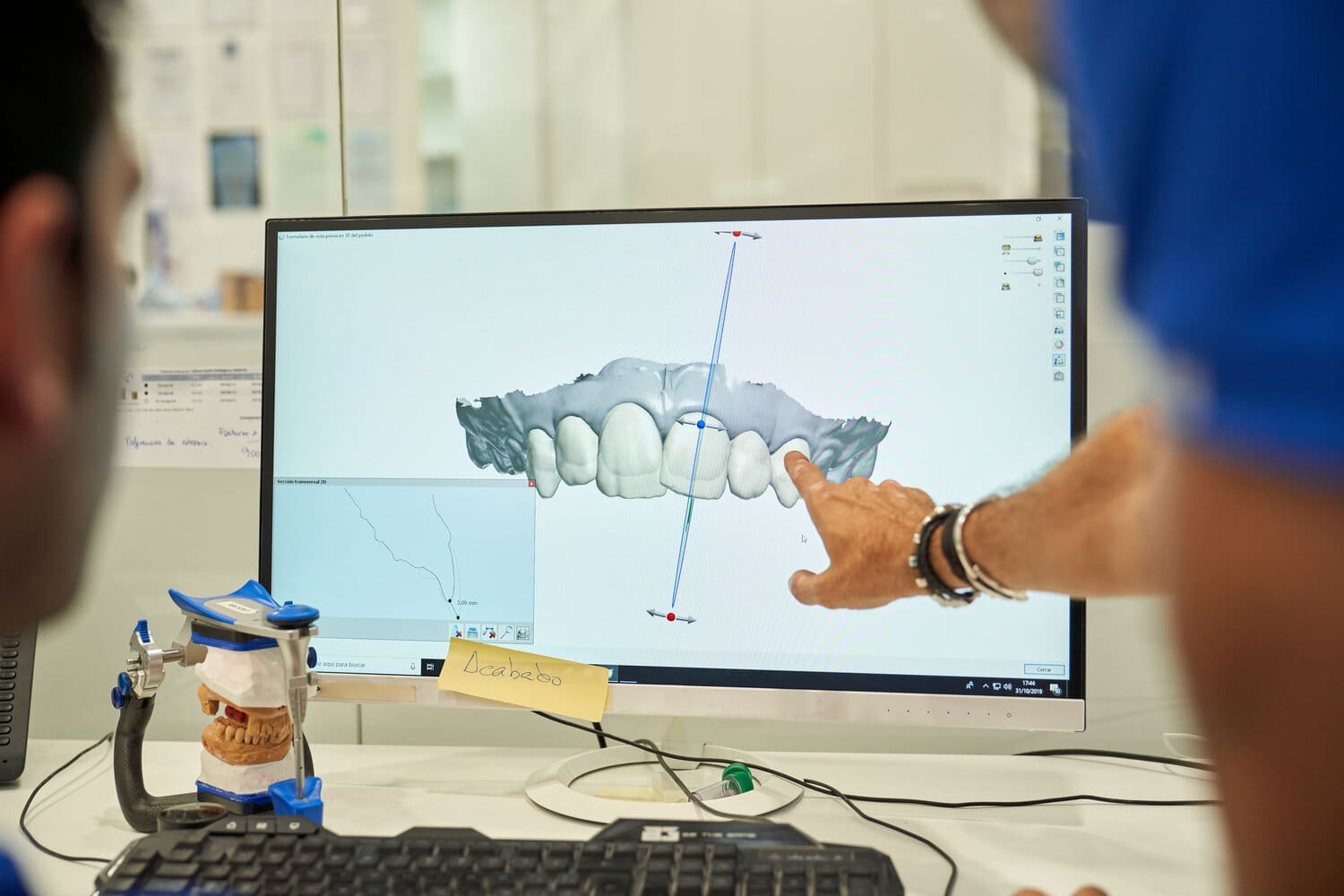
Important Things to Consider before Getting Invisalign
Invisalign is a great alternative to traditional braces for people who are looking for a straighter smile without all of the metal. The aligner trays
Home » Archives for August 2022

Invisalign is a great alternative to traditional braces for people who are looking for a straighter smile without all of the metal. The aligner trays

Our teeth are an essential part of the body because they allow us to break down food for easier consumption. Beyond that, they also accentuate

A tongue knot is one of the top causes cited online when infants or children cannot eat or speak properly. This blog post examines many

The word “prosthodontist” is actually a combination of two words: “prosthesis” and “dentist.” “Prosthesis” refers to artificial devices. All dentists, or “dentists,” are practitioners of